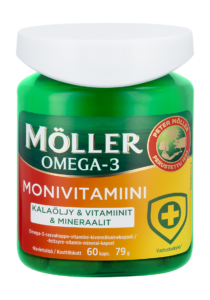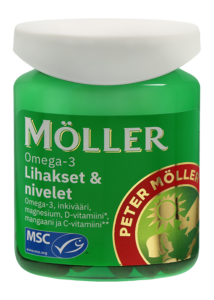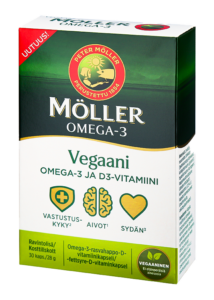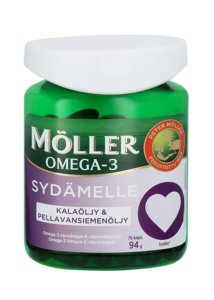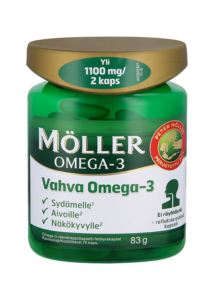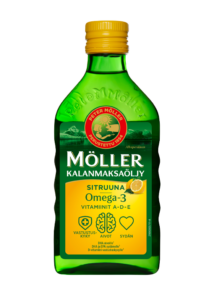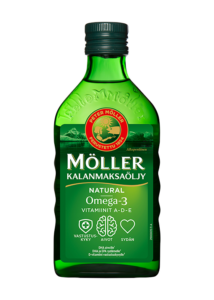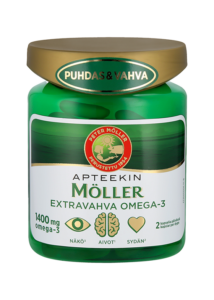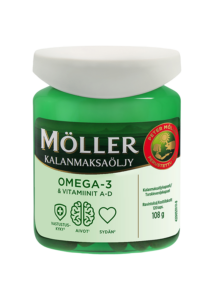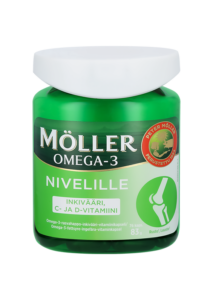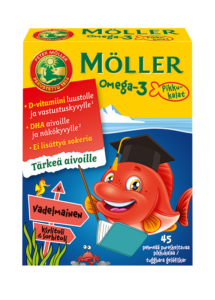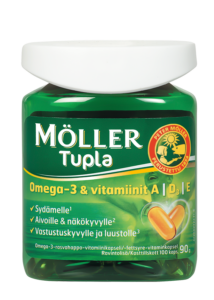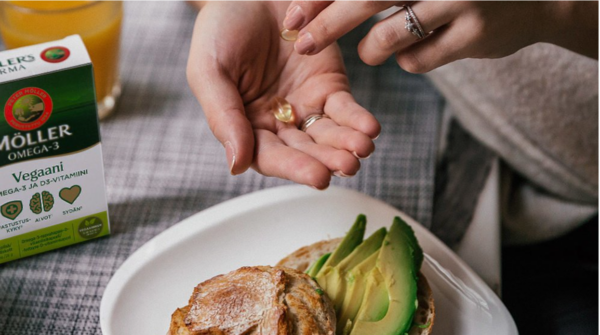Oletko ikäsi puolesta jo ruvennut miettimään sitä, miten voisit ylläpitää hyvää aivoterveyttä pitkälle vanhuuteen asti? Jos vastasit kyllä, niin tämä on ehdottomasti profiilisi!
Home » 24 Harjoitusta ikääntyneelle – Ylläpidä aivojesi terveyttä

Tehtävät
1) Aloita keskustelu yhden tuntemattoman ihmisen kanssa.
2) Tutustu johonkin sinulle vieraaseen taidemuotoon käymällä esimerkiksi ilmaisessa taidenäyttelyssä tai tanssiesityksessä.
3) Kulje kauppaan eri reittiä kuin yleensä. Haasta aivojen suunnistuskeskus!
4) Kehu kolmea tuntematonta ihmistä päivän aikana
5) Opettele sanomaan “kiitos” ja “anteeksi” kymmenellä sinulle vieraalla kielellä
6) Piirrä itsestäsi omakuva, ja kiinnitä se jääkaapin oveen.
7) Kokeile jotakin sinulle täysin uutta liikuntamuotoa. Monet liikuntakeskukset järjestävät ilmaisia kokeilutunteja!
8) Valitse kaupasta kasvis, jota et ole koskaan maistanut, ja valmista siitä illallista.
9) Pyri käyttämään koko päivän ajan vain vasenta kättäsi jos olet oikeakätinen, ja tai toisinpäin jos olet vasenkätinen.
10) Ratko tänään yksi Sudoku (esim. http://www.goldenage.fi/sudoku/)
11) Ratko tänään yksi ristisanatehtävä (esim. http://www.sanaristikot.net/ristikot/?p=arkisto)
12) Yllätä iloisesti tänään yksi läheisesi.
13) Ota yhteyttä kauan kadoksissa olleeseen ystävään.
14) Lainaa kirjastosta tietokirja sinua kiinnostavasta aiheesta. Pelkkä lainaaminen ei riitä – kirjaa täytyy myös lukea!
15) Kokeile sinulle entuudestaan tuntematonta tanssimuotoa, joko osallistumalla tunnille tai katsomalla YouTubesta opetusvideo.
16) Vieraile kaupunginosassa, joka on sinulle entuudestaan tuntematon. Käy siellä kahvilla, istu puistossa –mitä ikinä keksitkään!
17) Pyri sanomaan tänään pelkästään positiivisia asioita!
18) Kertaa tänään päivän ääneen mistä asioista olet tänään kiitollinen, mistä olet nauttinut ja mikä on ollut mukavaa. Tee tästä jokailtainen uusi tapasi!
19) Kirjoita runo, ja lue se läheisellesi.
20) Kerro tänään yhdelle läheisellesi, miksi hän on sinulle tärkeä.
21) Kuuntele tänään lempimusiikkiasi tekemättä samalla mitään muuta – nauti ja rentoudu.
22) Käy tänään eri ruokakaupassa kuin yleensä.
23) Opettele tänään käyttämään kymmensormijärjestelmää, kun käytät tietokoneen näppäimistöä. Jatka halutessasi harjoittelua myös seuraavina päivinä!
24) Kun käyt tänään suihkussa, pidä silmäsi koko suihkun ajan kiinni!
What is good health?
Do you have a good lifestyle?
Lifestyle simply means the way in which you live. Health and lifestyle go hand in hand. You might feel you have a good lifestyle if you are physically active, eat healthily and generally experience a sense of wellbeing. Conversely, if you want good health you should also have a good lifestyle.
Physical activity is the major contributor to a good lifestyle, but diet, drugs, stress, sleep and social conditions are also play an important role. Being able to use the body properly to avoid injury also affects lifestyle. Physical activity can also prevent depression and help you to recover more quickly from mental illness, both of which obviously affect your lifestyle.
Diet can be a difficult topic for many. Perhaps you eat too much or too little or maybe you find it hard to know what foods to combine to have a balanced diet. It’s also important to eat food that contains important vitamins, minerals and dietary fibre, omega-3 and antioxidants. On top of all this, you also need to get enough energy, protein and the correct fatty acids. The requirement for these nutrients changes throughout your life. When you are older you also have different requirements than children and younger adults. Women also have different requirements than men. Pregnant and breastfeeding mothers also have special requirements.
When you get older, you lose muscle mass and your body requires less energy and therefore less food. You may lead a less active life than you did before, which is why you require less food. However, your need for minerals, vitamins and other nutrients remains the same. Of course, there are plenty of healthy and active older people, but when you reach 70 to 80 years of age, it’s easier to become ill, especially during flu season.
Some steps you can take to improve your lifestyle and health are to:
- eat a healthy and varied diet
- stay active
- watch your weight
- avoid too much alcohol and don’t smoke
- get enough sleep
- think positive
- practise good hygiene
What is good quality of life?
The World Health Organisation (WHO) defines quality of life as a state where the individual can realise their potential, cope with normal stressful situations, work in a rewarding and positive way, and be able to contribute to others and society.
Quality of life is a wide and somewhat diffuse concept that includes joy in, and a desire for, life. These are values that are rather felt than measured, which in turn are based on personal environment and choices. Quality of life doesn’t necessarily depend on being healthy or sick. It’s the moments between worries, sorrows, problems and ailments that matter. For example, if you have a chronic illness, a feeling of mastery can be important when talking about quality of life.
To sum up, quality of life is a combination of health, lifestyle, networks and social support. It’s about experiencing joy, meaning in life, satisfaction, security and a sense of belonging, as well as being able to use your strengths. It’s also about feeling interest in life, coping with everyday situations and a being committed to something or someone. If you have good quality of life, you will be able to cope better with the inevitable stressful situations in life.
Tuotteita
-
Möller Omega-3 Monivitamiini
Omega-3-rasvahappo-vitamiini-kivennäisainekapseli vastustuskyvylle. Möller omega-3 monivitamiini kaps 60 kpl sisältää vitamiineja, kivennäisaineita ja kalaperäisiä DHA- ja EPA -rasvahappoja kokonaisena nieltävässä kapselissa. Kapselin sisältämä C- ja D-vitamiini edistävät immuunijärjestelmän normaalia toimintaa. Valmiste on tarkoitettu aikuisille monipuolisen ja tasapainoisen ruokavalion sekä terveiden elintapojen tueksi. Pakkauksessa on 60 kapselia.
-
Möller Omega-3 Lihakset & nivelet
Möller omega-3 valmiste lihaksille ja nivelille. Sisältää omega-3 rasvahappoja, magnesiumia, mangaania, C- ja D-vitamiineja sekä inkivääriä.
-
Möller Vegaani Omega-3 ja D-vitamiini
-
Möller Sydämelle
-
Möller Vahva Omega-3
-
Möller Kalanmaksaöljy Sitruuna
-
Möller Kalanmaksaöljy
-
Apteekin Möller Extravahva
-
Möller Omega-3 Kalanmaksaöljykapseli
-
Möller Nivelille
-
Möller Omega-3 Pikkukalat
-
Möller Tupla

